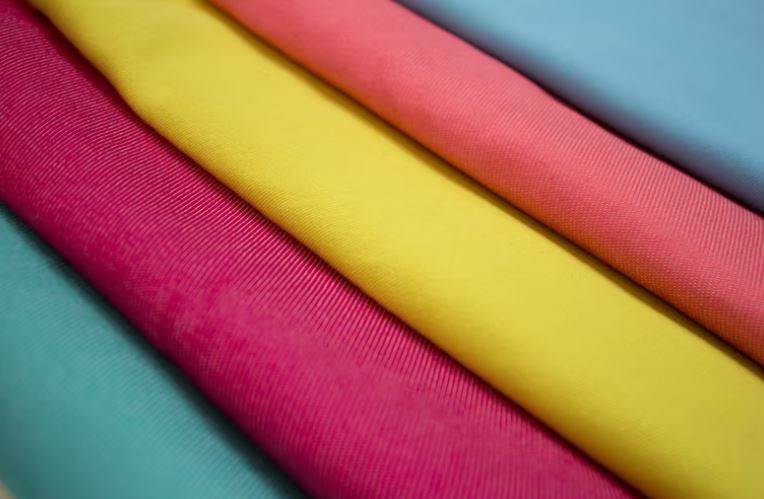UK clothing and textile sector exceeds carbon and water targets
20/10/2021

The most impactful change was a radical increase in the use of more sustainable fibres, from close to zero in 2012, to over 100,000 tonnes in 2020, it said.
Improvements by SCAP signatories also included low impact dyeing, introducing hire and repair services, collecting clothing for reuse, designing for longer life, and more efficient production.
The target to reduce clothing to landfill or incineration by 15% had not been met due to the impacts of the pandemic on collections, reuse and recycling of unwanted clothing. Progress cannot be reported in the SCAP closing report due to a lack of recent waste data, but will be updated in 2022.
More than 90 brands and retailers with over 60% share of the UK clothing market have committed to Textiles 2030 – the successor to SCAP – in just six months.
Dr David Moon, director of collaboration and change at Waste and Resources Action Programme (WRAP), said: “The learnings and success of the Sustainable Clothing Action Plan have provided the foundations for Textiles 2030. SCAP was the first voluntary agreement of its kind to measure and act within the UK textiles sector and the knowledge we have gained from this agreement has underpinned what needs to happen to make Textiles 2030 even more impactful.
“Sector-wide change is essential if we are to achieve climate targets and a circular economy in materials, so we have been collaborating with businesses, governments and other stakeholders to develop Textiles 2030. The public, investment managers and policy makers are all demanding practical action, sustainable products and evidence of outcomes. We need more companies to show their commitment to action through Textiles 2030, continuing and evolving the legacy of SCAP.”








